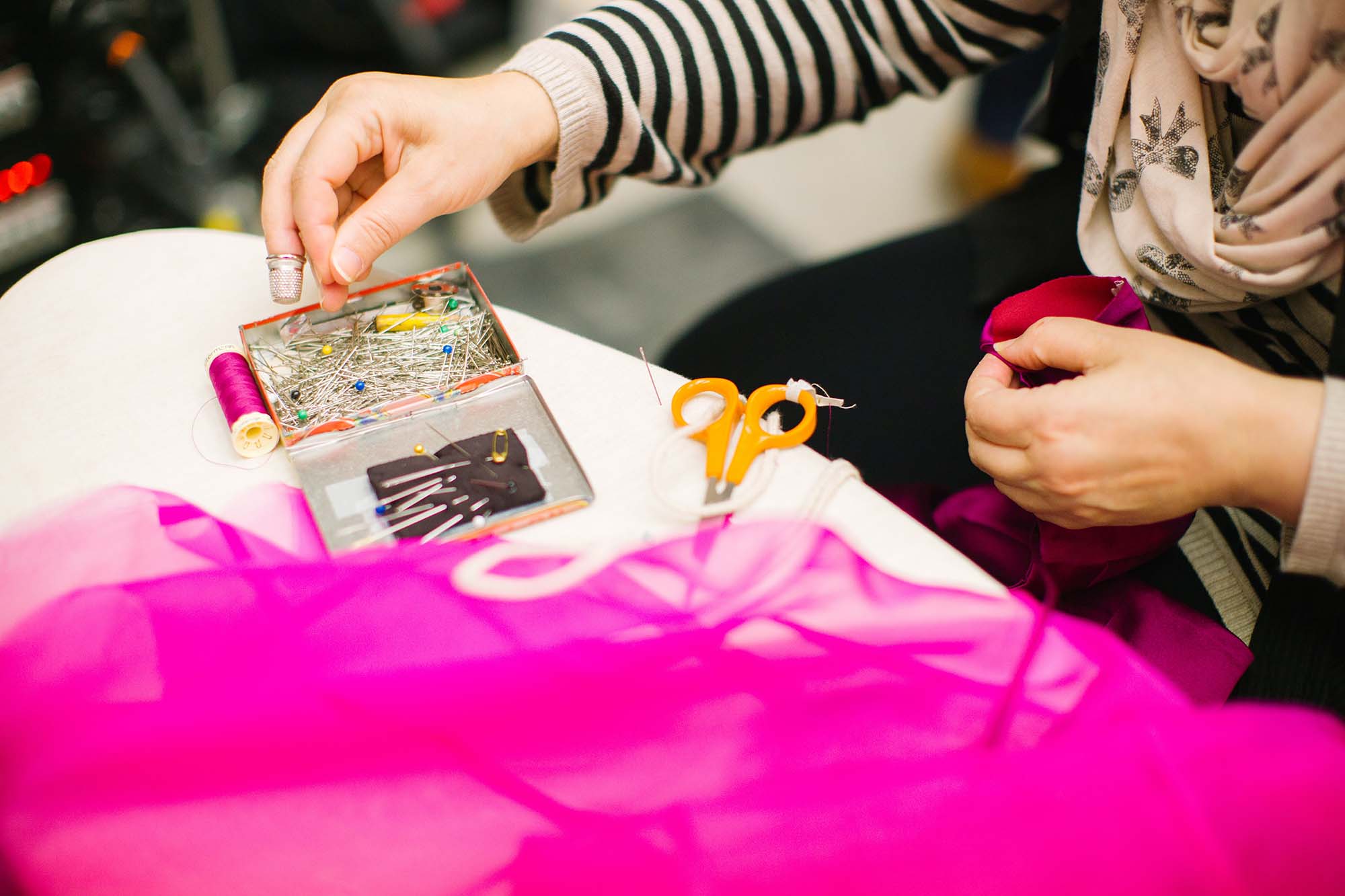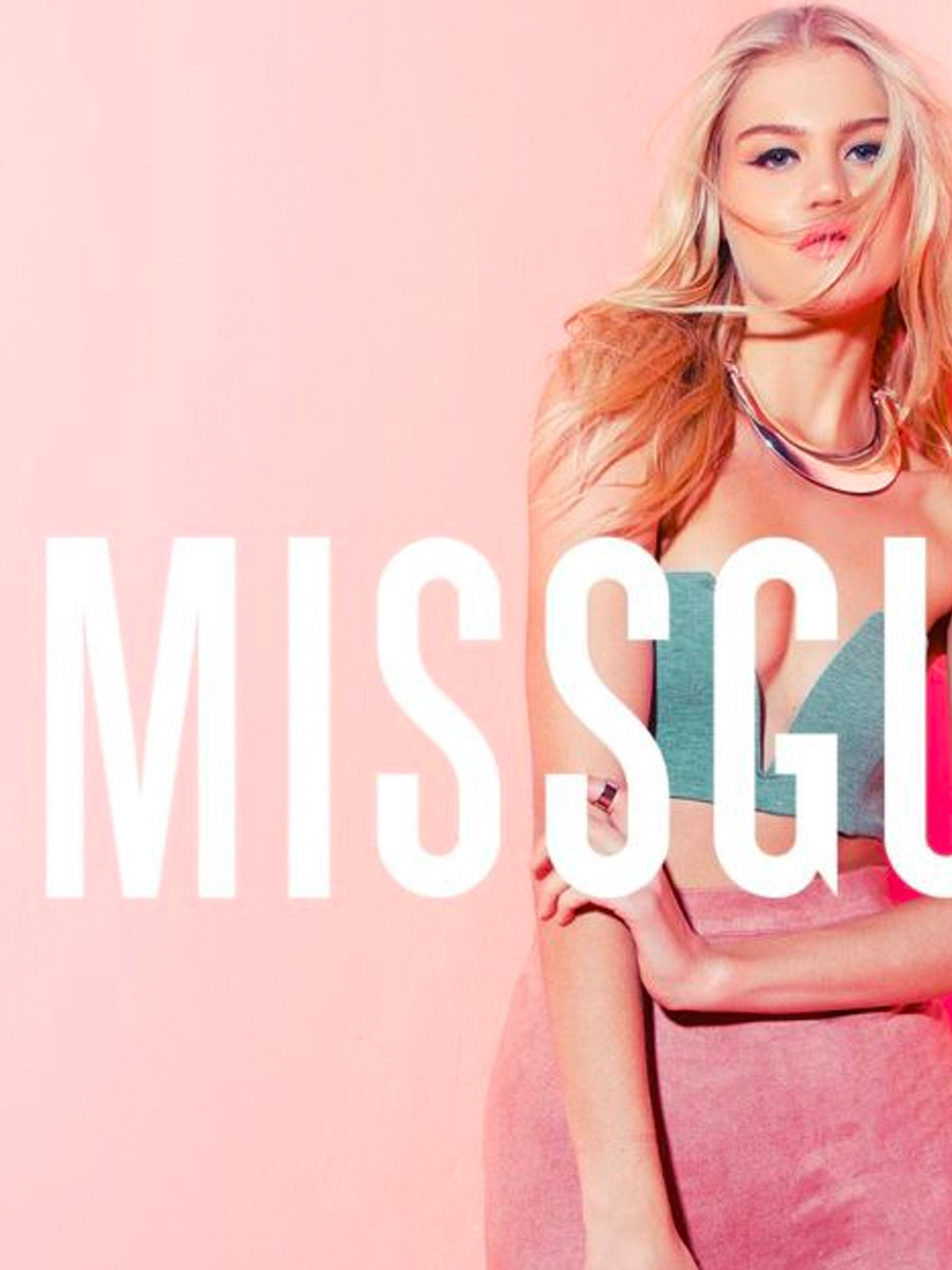Are you worried that your budget combined with your love of fashion will overrule your desire to shop ethically? Scared of being forced to opt for cheap and nasty over eco-chic? Never fear! Here are 8 tips to create a versatile and ethical wardrobe without breaking the bank.
Fall back in love with your wardrobe
There’s no use throwing out the clothing you already own and rebuilding your clothing collection from scratch. The deed has been done and it shouldn’t go to waste. Instead, it’s time to fall back in love with your wardrobe. Style your existing pieces with different accessories, reinvent them with a DIY project, or try combining that top with a different skirt. Find the hero items that always make you look and feel great and wear those babies as much as you can! After all, the most ethical wardrobe is the one you already have.
Be mindful during the laundering process
This is actually where your clothing impacts the environment the most, not the production phase. For example, the washing and drying of a polyester blouse consumes around 6 times as much energy as that needed to make it in the first place! Not to mention the deal with microplastics.
Go for natural fibres
Natural fibres tend to require less laundering, especially in summer. You can just hang your clothes out to air overnight, and they will be fresh as a daisy in the morning. Unless something is visibly dirty or on the nose, take the challenge to wear your garments at least three times before they hit the laundry. If you’re not sure where to start, we created a guide to natural fabrics.
Invest in some good coat hangers
Most plastic and wire hangers will stretch out the shoulders of your tops and leave you with saggy clothing. Despite being a little more expensive, wooden hangers will last longer and take better care of your garments. For more tips on caring for your clothes, check out our Ultimate Guide to Making Your Clothes Last Longer.

Take those high investment pieces in need of repair down to the tailor today
A new zip or an extra inch on the waist will set you back as little as $30. Or why not empower yourself by learning those skills yourself? There’s nothing quite like the feeling of adding a new skill to your repertoire. Learning to sew, repair, and re-fashion your own clothing puts the power back in your hands. Here’s 3 simple tricks to mend your clothes from Fashion Revolution founder Orsola de Castro.
Upcycle
Upcycling is a way of tweaking an item to make it even better than the original. This means taking something that doesn’t fit or is stained/torn and refashioning it as a fabulous new piece. There’s a wealth of upcycling videos and how-to guides or you could take a class at your local community college.
You really don’t need to pay $300 for ripped and distressed denim. Grab a cheese grater and some scissors and try it yourself.
Faye de Lanty
Taking control over your wardrobe also means you no longer have to put up with clothing that “just isn’t quite right”—you can tweak things as your style changes, getting optimum wear from your well-loved items—and earning yourself some bonus bragging points into the bargain!
Before you reach for your wallet, first ask yourself these three questions: How much will I wear it? How much do I already own? How long will it last?
Invest in quality pieces
Resisting the impulse to buy huge numbers of cheap items in favour of investing in quality pieces not only makes your look more streamlined, it also reduces the amount you consume overall. Saving your hard-earned dollars for affordable quality is really win-win.
Although shopping at ethical retailers may seem like a more pricey up-front commitment, taking the time to curate a careful and worthwhile wardrobe of items you love will be much gentler on your wallet—and the planet—in the long run.
Even a gorgeously tailored black dress isn’t worth much to you if you already have 10 just like it. A $15 t-shirt is no bargain if it’s worn out after a few washes. And those jeans on sale aren’t worth $40 if you’ll wear them just twice before consigning them to the back of your closet.
Mark Bain
Create a list of items that you’d be ecstatic to own. Focus on quality—which doesn’t just mean more expensive. It can include organic natural materials, well-made rather than on-trend, perfect-fitting, and preferably a brand that in some way makes an effort to be ethical and sustainable. As well as being better for the planet, people, and animals, higher quality pieces will often last longer due to superior materials and overall construction.
Start by browsing clothing online while checking their ratings using the Good On You Directory or app. Place the items you want in your virtual cart, add them to the wishlist feature on the sites, or create a Pinterest board. Pin images that include what you have in your wardrobe so you can see how they’d all work together. The more you mull over the options and revisit your choices, the less you’ll probably want any of it, and the more certain you’ll be to love the pieces you finally end up purchasing.

Shop second hand
According to resale platform thredUP, “if everyone bought one item used instead of new this year, it would save 5.7B lbs of CO2e.”
Op shops are a treasure trove for fashionistas who love beautifully crafted vintage pieces and unique pre-loved items. Buying something feels even better when you know that the proceeds are going toward projects making the world a better place. Not sure where to start? Stylist and op shop guru Faye De Lanty says it’s important to “Shop the whole store, not just your section. Some of my favourite pieces came from the men’s section. (Oversized boyfriend shirt anyone?!).”
Local markets are often packed with quirky and unique finds you just can’t get anywhere else. Buying second hand from a local market means you’re not only recycling clothing and accessories that might otherwise end up in landfill, you’re supporting local enterprise and giving back to the community.
Look into rental fashion
For some of us, the idea of turning up to every formal event in the same gown and that one pair of trusty heels is just not on. But neither is a wardrobe overflowing with barely worn formal wear or a maxed out credit card from buying clothes we can’t afford…what to do? It’s time to look at the rental market! There’s a huge variety of fashion rental businesses who provide designer dresses and accessories, like our favourite GlamCorner in Australia, in the US with Rent The Runway and in Europe, with Le Closet and Frontrow. You can also browse most sites via occasion and designer to give you some inspiration.
Swap your clothes
Fun and free ethical wardrobe additions? Yes, please! Clothes swapping is another sustainable way to find a new outfit without spending a cent, and it’s also a great opportunity to meet other fashionistas like yourself! Swap events can be big formal affairs or just a casual get together with you and friends. For example, The Clothing Exchange hosts events in venues around Australia with guidelines to ensure everything is fair and fun. Keep an eye on your council’s community events page for swaps happening in your neighbourhood or better yet, organise one yourself.
Less is more
A capsule wardrobe refers to a small collection of seasonally appropriate, mix-and-match clothes. Back in 2015, Harper’s Bazaar art director Matilda Kahl shared her experience of adopting a “work uniform”. This consisted of a crisp white shirt, black pants, a unique accessory, and optional black blazer. The idea came to her after a classically frustrating morning trying to find the right outfit only to feel uncomfortable in her chosen look. Three years after pinning down her Monday to Friday uniform, Kahl has continued to stick with her chic, minimal ensemble as a way to save time, energy, and money.
There’s so much you can borrow from the uniform concept! Like investing in ethically made basics to build a capsule wardrobe a la Jennifer L. Scott.
Wait for discounts
While many well-made ethical fashion brands can be pricey, most companies host amazing deals at some point during the year. Stalk the sale sections in stores and online. Sign up for emails to receive coupon codes, and befriend shop owners to find out when blow-out sales are approaching.
You can also shop off-season for the best prices. Stock up on your winter jumpers in spring so that you’re prepared to rug-up when June rolls around again. Also make sure you check out our special offers for a weekly selection of offers from our favourite ethical brands!
Put Good On You to good use
Want to understand which brands are doing best by people, the planet, and animals before purchasing? We’ve already done the research for you! Check our easy-to-understand brand ratings using the Good On You Directory or app.
If you don’t like what you see when searching the brands you typically shop, check our suggestions for similar brands that do better, or you can send a message to the brand asking them to do better. While we typically recommend supporting brands rated ‘Good’ or ‘Great’, sometimes an ‘It’s A Start’ brand may better meet your needs when building your ethical wardrobe, and that’s okay!
You can also browse via clothing category, such as “jeans”. Then filter by price, location, and more to make sure the results are spot on. Save the brands you love and refer back to them when you need to update your wardrobe. Check out our article for more tips on using our Directory.
So there you have it! Our comprehensive and helpful guide to creating an ethical wardrobe that doesn’t break the bank, and that you will love for many years to come.
















